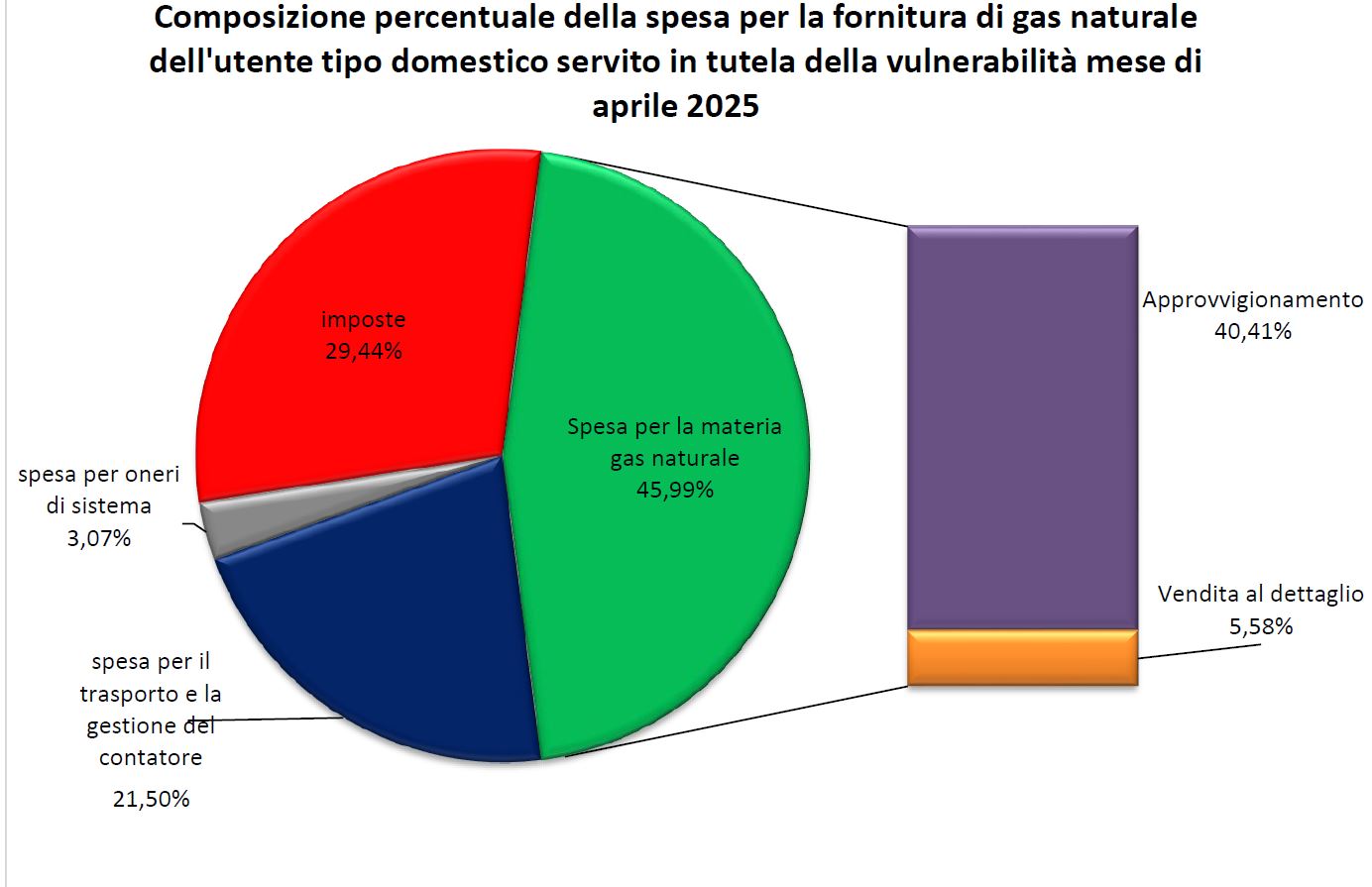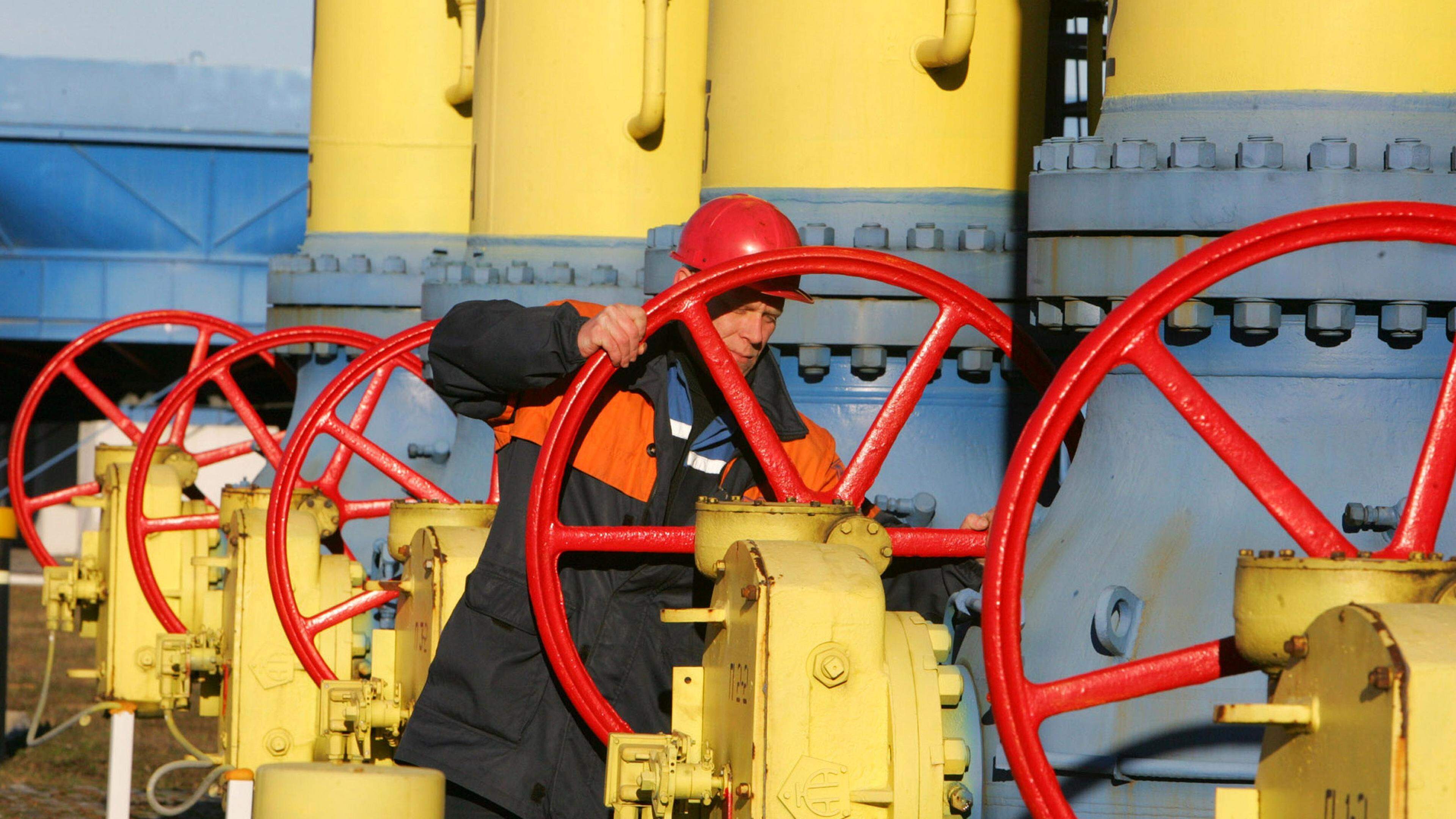Oil, quotations under 60 dollars per barrel (minimum from 2021): but what happens to petrol prices?

The sign of the main crude producers raises the offer of raw materials. The risk of a strong reduction of the prices. And the delayed dynamic that is reflected by at least one month on the prices at the pump. Driving
OPEC+ has decided to confirm the increase in production at 411 thousand barrels per day starting from June. An increase subsequent to that decided since May. A choice beyond the expectations of analysts who hypothesized a more contained increase plan, to 137 thousand barrels, aimed at compensating previous cuts (The economy pro newsletter wrote here). And for the first time, from January 2021, Brent opened on Monday 5 May below 60 dollars a barrel.
The risk imbalance risk
The perspective risks further unbalanced the supply, in the face of a question that is affected by the economic slowdown and the uncertainty linked to commercial wars, With the possibility of a penalty of oil prices in the next sessions on international marketswhere a flexion has already been recorded in view of a possible increase in production.
Tensions in the cartel
Volunteer cuts of 2.2 million barrels per day by October could also be revoked if the members of the group will not improve compliance with the production fees. The tensions inside the sign grew, in particular with Kazakhstan, which has expanded production from the Tengiz deposit, Managed by Chevron, and indicated that he would give priority to the « national interests » compared to the group’s shares.
The answer of Saudi Arabia
In response, Saudi Arabia began to loosen the limits on production, pushing for the decisive increase on Saturday. The kingdom, which in the last three years had reduced its production of 2 million barrels per day, is increasingly frustrated by having to support the most substantial part of the cuts, While other members, including Kazakhstan and Iraq, have constantly exceeded their shares.
The impact of duties
In April, oil prices recorded the highest monthly decline in almost three and a half years, with Brent and WTI who lost about 15% and 16% respectively, with the worst percentage flexion since November 2021. Both indicators collapsed after the announcement of April 2nd by the President of the United States Donald Trump to impose duties on all US imports. They then went down further at the minimum of four years, when China responded with its taxes, fueling a commercial war between the two largest oil consumers in the world.
The prospects of the future
On Friday the future on Brent closed the day down by 1.28% at 61.16 dollars per barrel and those on the WTI of 1.49% to $ 58.36, In the face of the news that Saudi Arabia, De facto leader of the OPEC+, informed the allies not to be willing to support oil prices with further cuts to the supply (The economy pro newsletter wrote here).
The impact for the supply chain
In purely industrial terms what is the impact for the cost of refined products such as petrol and diesel? It must be said that the fuel paying at the refueling station reflects the oil prices of a month before, Because this is a period of time that usually separates the purchase of crude oil by refining companies and the sale of petrol or retail diesel (We had described the operation here). Therefore the reduction of oil prices is reflected not in a less automatic way on the reduction of the price of gasoline and in any case not with the same proportions.
The drop in pump prices
However, the drop in fuel prices continues: based on the processing of daily energy of the data communicated by the managers to the observes of the Mimit updated at 8 on May 4th, The average national price practiced by gasoline in self mode is 1.704 euros per liter (1,706 the detection of May 1st)with the companies between 1.691 and 1.719 euros per liter (no logo 1,701). The average price practiced by Diesel Self is 1.598 euros per liter (compared to 1,600), with the different brands between 1,578 and 1.621 euros per liter (no logo 1.591).
The cost of excise duties
As for Italy, the starting situation is known: net of taxes in our country costs less than in the European average, But once the tax burden is added the price to the consumer is more than doubled and absolutely among the highest of the Union (Read here).
READ ALSO
-
Trump, « very good probability of reaching an agreement » with China
-
Duties, shipments collapse towards the USA from China: « Risk empty shelves, as with Covid »
-
Duties, consumer confidence in the US descends. Denial the ongoing negotiations with China
-
Because China is « condemned » to use Boeing planes (despite Trump)









